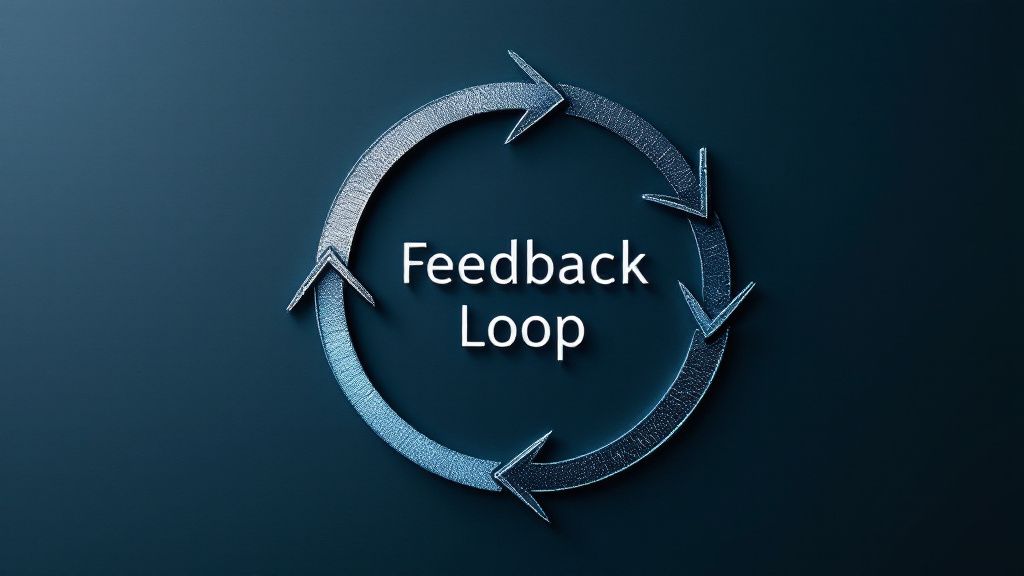Book Free Consult Call
Unlocking success in today's competitive landscape requires intelligent business strategies that seamlessly integrate both innovation and analysis. You need to explore effective business growth strategies that lay the groundwork for long-term prosperity. Central to this is performance management, a tool that enables you to align your objectives with the daily operations that drive your company forward. Within this framework, key performance indicators (KPIs) act as crucial benchmarks, guiding your decision-making and helping you evaluate progress. By focusing on business strategy development, you can architect pathways that epitomize efficiency and adaptability, ensuring your business not only survives but thrives.

In today's ever-evolving business landscape, defining business strategy requires a modern perspective that encompasses agility and foresight. You need to think beyond the conventional tactics, embracing an approach that leverages technological advancements and market dynamics. The essence of this strategy is about leveraging resources efficiently to seize opportunities and mitigate risks in a digitized world.Adapting business growth strategies is essential as companies move toward digital transformation and globalization. You should assess your strengths and weaknesses, aligning them with the external environment to set robust and flexible objectives. Performance management plays a crucial role here, allowing you to track progress and respond swiftly to changes.An integral part of modern business strategy is the utilization of key performance indicators (KPIs). These metrics provide insights into vital aspects of your business operations and help refine your strategic approach. For instance, a tech company like Tesla closely monitors KPIs related to innovation and market saturation to maintain its competitive edge in the electric vehicle industry.Business strategy development in contemporary terms involves crafting a vision that considers both short-term milestones and long-term goals. It requires you to anticipate future trends and adapt your strategy accordingly, ensuring alignment with your organization’s mission and market demands, fostering sustainable growth.With foresight and a nuanced understanding of the market landscape, you can redefine business strategy to unlock new potentials. Emphasizing continuous learning and adaptation, this approach positions your business to thrive amidst uncertainty and change, maintaining relevance and resilience in the modern age.
Identifying key performance indicators (KPIs) is crucial for driving business performance. In essence, KPIs are measurable values that demonstrate how effectively you are achieving critical business objectives. Selecting the right KPIs involves understanding your company’s core goals and prioritizing the metrics that will lead to meaningful insights. These indicators serve as a compass, helping you navigate toward your strategic targets with clarity and purpose.Consider KPIs as the dashboard gauges of your business vehicle. Just like speedometers and fuel gauges provide vital information to a driver, KPIs deliver critical data about your organization's effectiveness. They allow you to measure, adjust, and propel your business growth strategies by spotlighting areas of strength and opportunities for improvement.To ensure your KPIs are effective, align them with your business strategy development. This alignment supports a coherent performance management system, facilitating better decision-making and resource allocation. The right KPIs not only reflect progress but also inform strategic shifts, enabling your business to adapt to changing market conditions and remain competitive in your industry.By focusing on relevant and actionable KPIs, you can create a responsive, dynamic approach to performance optimization. This ensures that your strategic decisions are data-driven and aligned with your overarching business objectives, paving the way for sustained success and advancement.

Creating a feedback loop for continuous improvement is essential in refining business strategies. By establishing an iterative process of evaluation and enhancement, you can adapt strategies in response to real-time data and stakeholder input. This dynamic cycle encourages learning and growth, positioning your business to respond effectively to challenges and opportunities.Feedback loops are a vital component in performance management, helping identify inefficiencies and fostering innovation. They allow you to align key performance indicators (KPIs) with strategic objectives, providing insights into what works and what needs adjustment. This ensures that every decision is based on accurate information and bolsters your business growth strategies.In the coming years, implementing advanced feedback systems is likely to revolutionize business strategy development. As businesses embrace more sophisticated data analytics and AI tools, feedback loops will become increasingly automated and predictive, enabling more proactive strategy adjustments. This advancement will be critical in maintaining a competitive edge in fast-paced markets.A well-executed feedback loop not only fine-tunes existing processes but also catalyzes new ideas and strategies, paving the way for sustainable development. By embedding continuous improvement into your company culture, you ensure resilience and adaptability in a rapidly changing business landscape.

Understanding and analyzing market trends and customer needs is crucial for informed business strategy development. You must stay attuned to shifts in consumer behavior and emerging industry patterns to craft proactive strategies that drive growth. By doing so, you maintain alignment with market dynamics, ensuring your offerings remain relevant and competitive.Effective analysis involves leveraging data to uncover insights that shape your approach to business growth strategies. What most people don’t see about this process is the intricate data mining and customer sentiment analysis that make all the difference. These behind-the-scenes efforts reveal underlying trends that might otherwise go unnoticed, guiding strategic decisions.Integrating this insight into performance management enhances your ability to set realistic objectives and measure progress through key performance indicators. This approach enables you to swiftly pivot according to market demands, ensuring your strategies are not only reactive but also anticipatory of future needs.By continuously monitoring and adjusting to market and customer insights, you create a dynamic and responsive business model. This agility is essential in today's fast-paced environment, allowing you to innovate and adapt your strategies in ways that foster sustained growth and long-term success.

How does technology shape the development of modern business strategies? The integration of technology into business strategy is transformative, altering how you approach goals and interact with the market. This influence permeates all aspects of business, from streamlining operations to enhancing customer engagement, ensuring that your company remains agile and capable of navigating the complexities of the digital age.Technological advancements enable you to refine performance management processes by providing real-time data and analytics. These tools facilitate informed decision-making, aligning your initiatives with clear key performance indicators. As a result, you can efficiently monitor progress and make strategic adjustments that foster continual growth and improvement.Utilizing technology in business growth strategies allows for greater innovation and competitiveness. Automation and AI, for example, can reduce costs and optimize efficiency, freeing up resources for creative endeavors and new ventures. By leveraging these advancements, you can proactively address market changes, ensuring your offerings align with customer expectations and evolving industry standards.Incorporating technology within business strategy development involves not only adopting new tools but also transforming organizational culture. Encouraging a tech-savvy mindset across teams enhances collaboration and resilience, empowering you to capitalize on digital trends and seize emerging opportunities. This cultural shift is as vital as the technologies themselves, setting the foundation for enduring success.Technology acts as a catalyst for evolution in strategic planning, offering pathways for dynamic growth and adaptation. By embracing technological tools and fostering a future-focused culture, your business is well-positioned to thrive in an increasingly digital marketplace. This approach underscores the importance of technology in crafting informed, responsive, and sustainable business strategies that drive performance optimization.

Strategic risk management is a crucial component of any comprehensive business strategy. It involves identifying potential risks that could impact your company's objectives and finding ways to mitigate them. By proactively managing these risks, you ensure that your organization is prepared to face unforeseen challenges, allowing for smoother and more predictable business operations and performance optimization.Comparing strategic risk management vs. reactive crisis management reveals the importance of a preventative approach. While crisis management deals with problems as they arise, strategic risk management anticipates potential issues, allowing you to implement strategies that prevent them from occurring. This foresight is vital in maintaining consistent business growth and safeguarding company resources.Implementing effective risk mitigation strategies requires an understanding of business growth strategies and the identification of key performance indicators that can signal impending challenges. By aligning your risk management efforts with broader business strategy development, you can create a resilient framework that not only protects your assets but also supports sustainable development, ensuring your business remains viable even amid market fluctuations and uncertainties.
Stay up to date on all things business, stratgey, leadership growth, and more by subscribing to the TruNorth Newsletter.